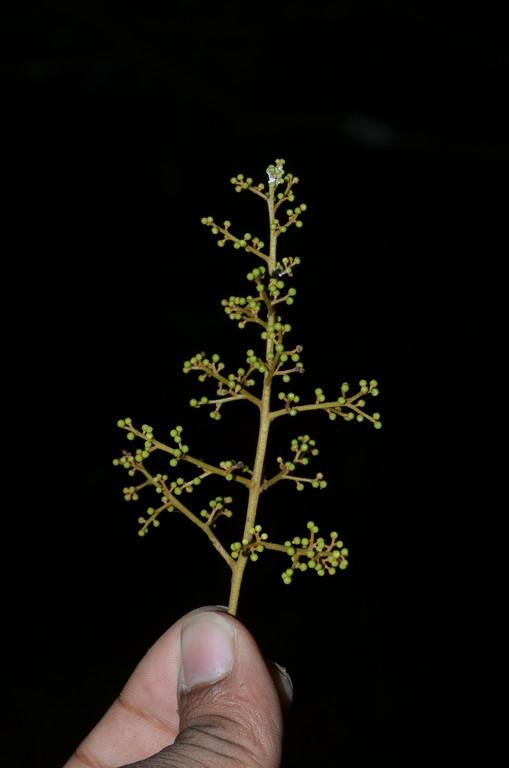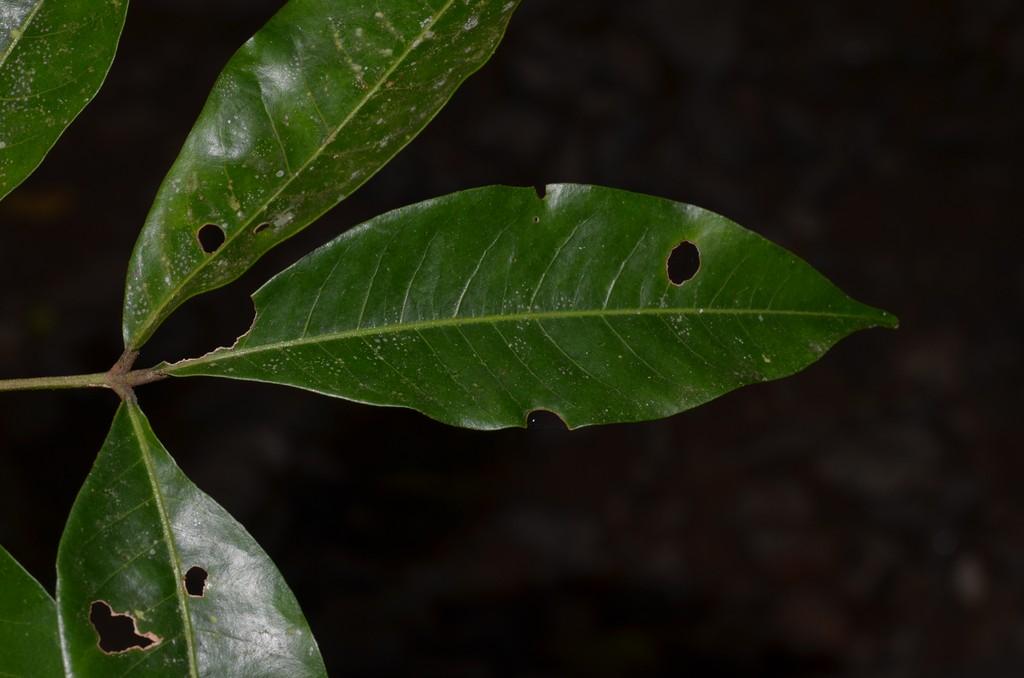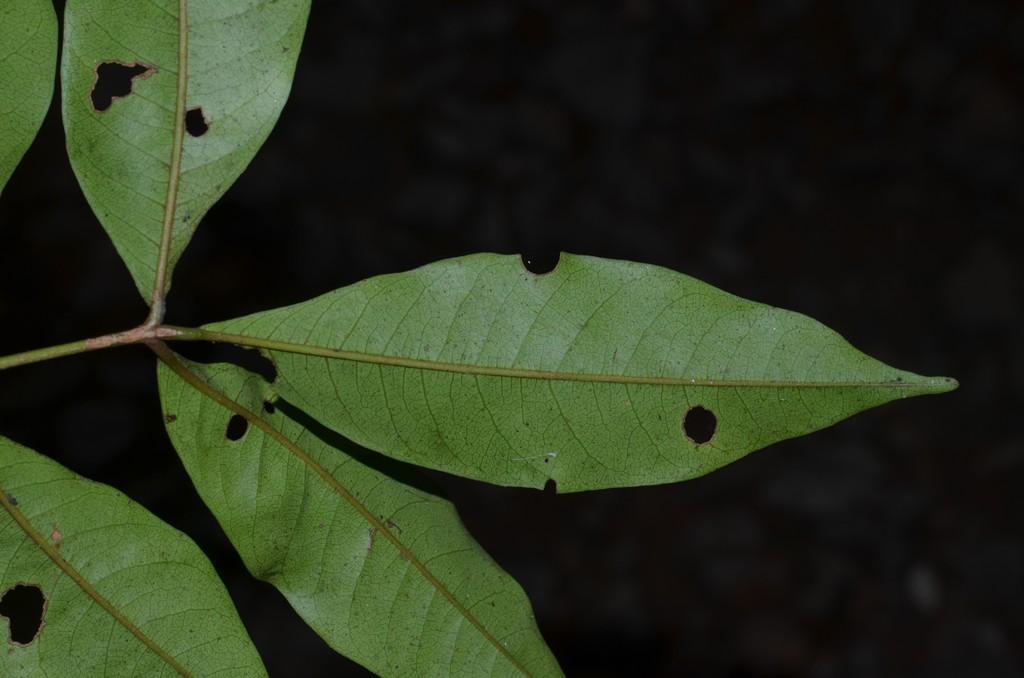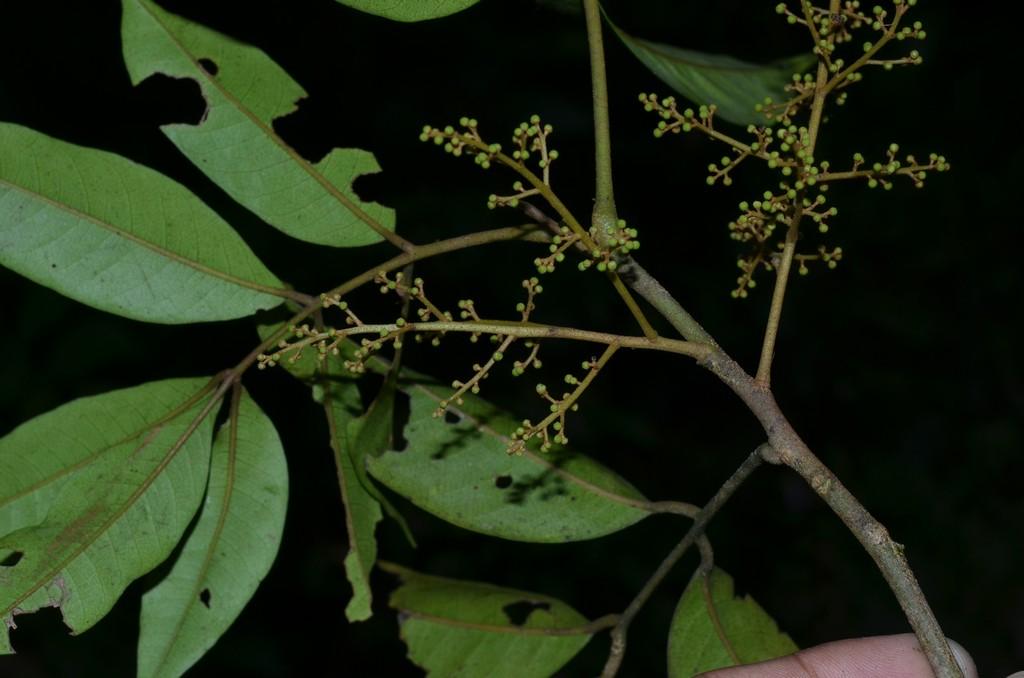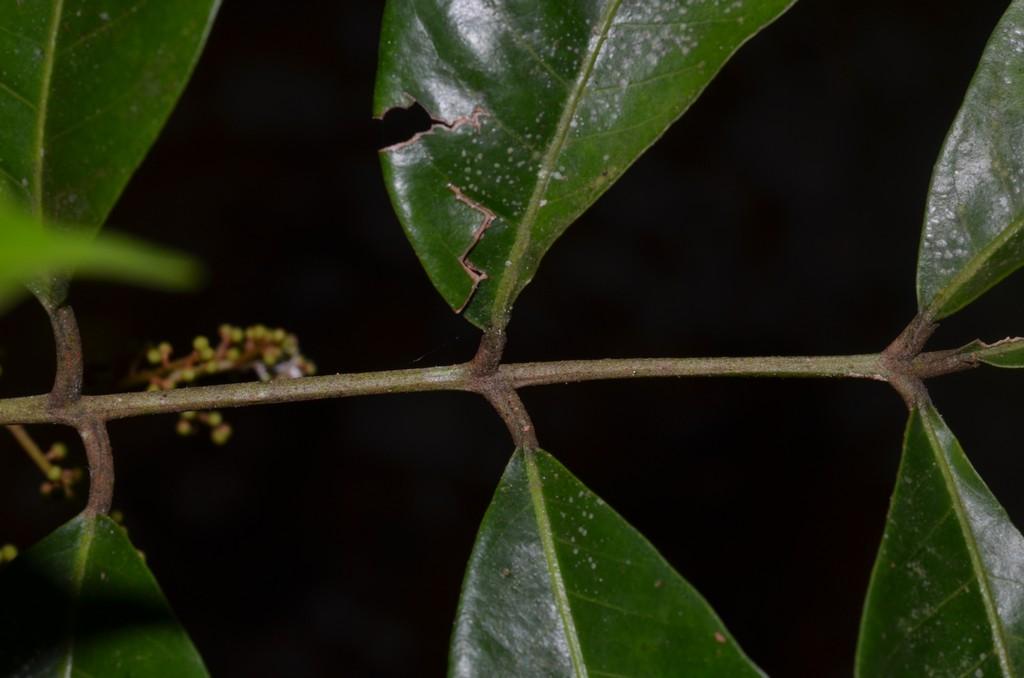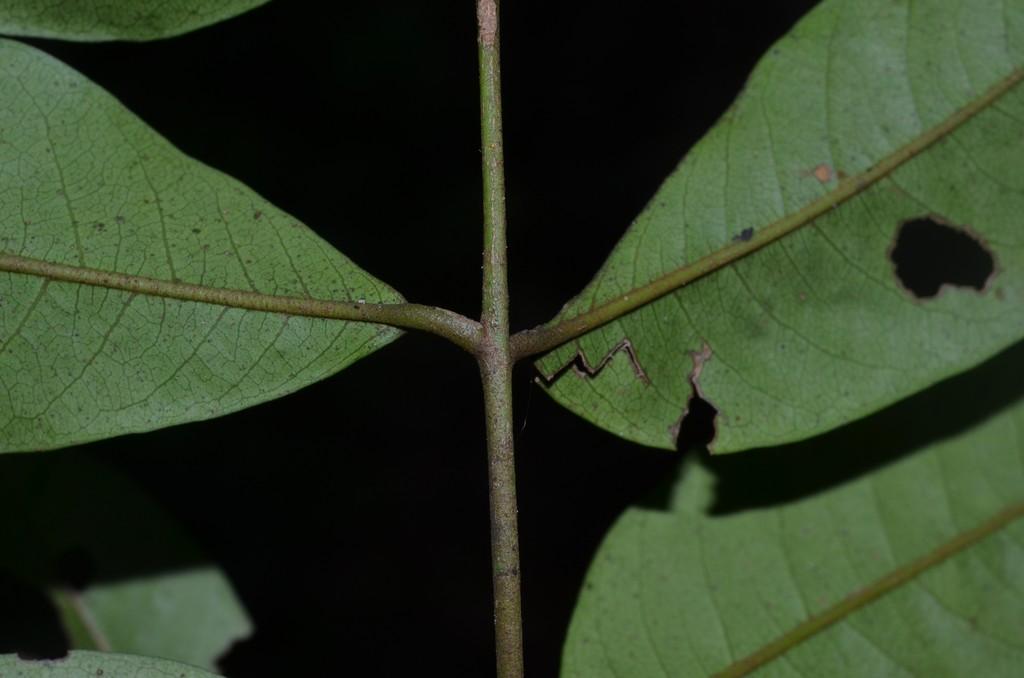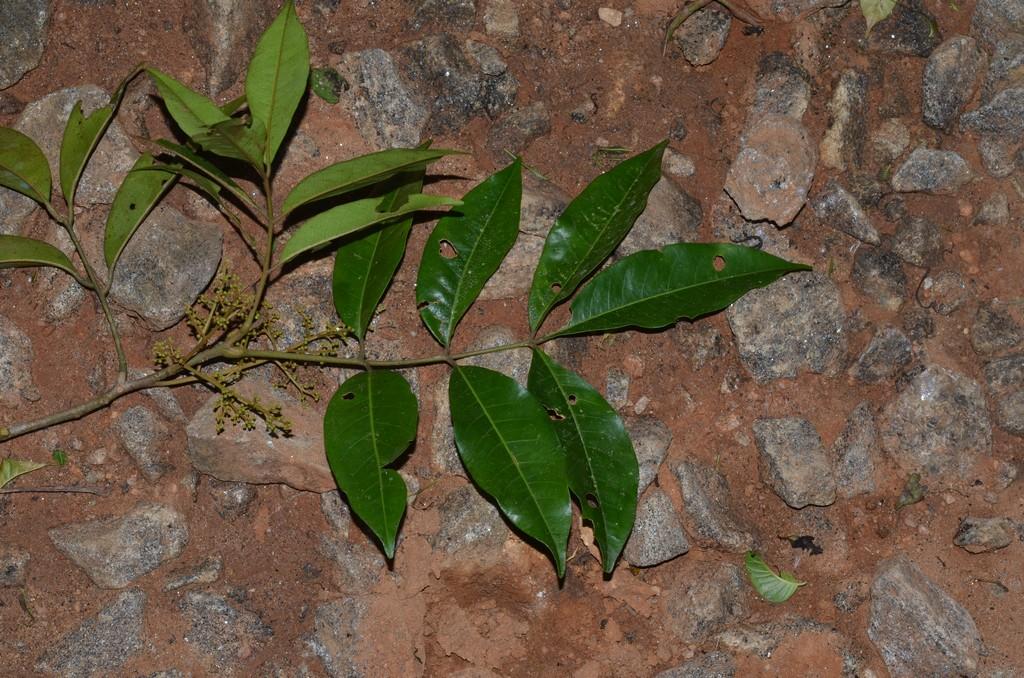|
IUCN Red List Status: Near Threatened and Lower Risk/Near Threatened (NT)
.
Aglaia edulis (Roxb.) Wall., Calc. Gard. Rep. 26 1840. (syn: Achras retusa Dennst. [Illegitimate]; Aglaia acida Koord. & Valeton; Aglaia barberi Gamble; Aglaia cambodiana Pierre; Aglaia curranii Merr.; Aglaia indica (Hook.f.) Harms; Aglaia khasiana Hiern; Aglaia latifolia Miq.; Aglaia magnifoliola C.DC.; Aglaia minahassae Koord.; Aglaia montrouzieri Pierre; Aglaia motleyana Stapf ex Ridl.; Aglaia mucronulata C.DC.; Aglaia oblonga Pierre; Aglaia pirifera Hance; Aglaia rugosa Pierre; Aglaia samarensis Merr.; Aglaia sulingi Blume; Aglaia testicularis C.Y.Wu; Aglaia undulata Miq.; Aglaia verrucosa C.DC.; Beddomea indica Hook.f.; Camunium bengalense Buch.-Ham. ex Wall. [Invalid]; Milnea cambodiana Pierre; Milnea edulis Roxb.; ….; Nyalelia racemosa Dennst.); .
peninsular Malaysia (widespread), Nicobar Isl., China (SE-Yunnan), Cambodia, Vietnam, Thailand, Laos, Sumatra, Borneo, Java, Philippines (Luzon, Mindoro, Masbate, Burias, Negros, Leyte, Samar, Mindanao, Basilan), Sulawesi, Lesser Sunda Isl. (Bali, Lombok), Moluccas, India (Karnataka, Kerala, Tamil Nadu, Arunachal Pradesh, Assam, Tripura, Meghalaya), Bangladesh, Myanmar [Burma] (Taninthayi) as per Catalogue of Life;
.
Trees, to 15 m high, bole buttressed; outer bark reddish-brown, yellowish-brown or greyish-green; inner bark pink or brown; exudation white; young parts covered with reddish-brown stellate hairs and scales. Leaves imparipinnate, alternate, estipulate, rachis 10-12.5 cm long, slender, swollen at base, covered with hairs or reddish-brown lepidote scales; leaflets 5-13, opposite or subopposite, estipellate; petiolule 5-18 mm long, grooved above; lamina 4.5-23 x 2-8 cm, elliptic, elliptic-oblanceolate, elliptic obovate or ovate, base oblique, cuneate, acute or attenuate, apex acuminate or obtusely acuminate, margin entire, membranous to coriaceous, glabrous, papillate above; lateral nerves 7-16 pairs, slender, pinnate, prominent, intercostae scalariform, prominent. Flowers polygamodioecious, yellow or orange, in axillary inflorescence; male flowers; inflorescence upto 38 cm long; covered with brown stellate hairs; calyx cup shaped; lobes 4-6, covered with scales; petals 4-6; staminal tube cup shaped, thick, crenulate at mouth, anthers 5-6; female inflorescence 5 cm long, peduncle 2.5 cm, calyx lobes 5, ovate, covered with hairs; petals 5; ovary superior, upto 1 mm long, covered with scales, 3-celled, 1-2 ovules in each locule. Fruit a capsule, 3.2 x 3.8 cm, subglobose. Flowering and fruiting: May-June
Evergreen forests
Indo-Malesia
(Attributions- Dr. N Sasidharan (Dr. B P Pal Fellow), Kerala Forest Research Institute, Peechi
Native: Bhutan; Cambodia; China (Hainan); India (Nicobar Is.); Indonesia (Bali, Jawa, Lesser Sunda Is., Maluku, Sulawesi, Sumatera); Malaysia (Peninsular Malaysia); Myanmar; Philippines; Thailand; Viet Nam It is potentially threatened by habitat loss.
A rare, scattered timber tree primarily found in evergreen and primary forest along rocky coasts.
. ANDEC25 Please identify this tree (2) : 6 posts by 3 authors. Attachments (8)
Nelliyampathy, Kerala Aglaia sp., perhaps. Can it be Aglaia elaeagnoidea? 1) http://biotik.org/india/species/a/aglaelae/aglaelae_en.html Aglaia barberi…… Thank you … |
Aglaia edulis
Updated on December 24, 2024

